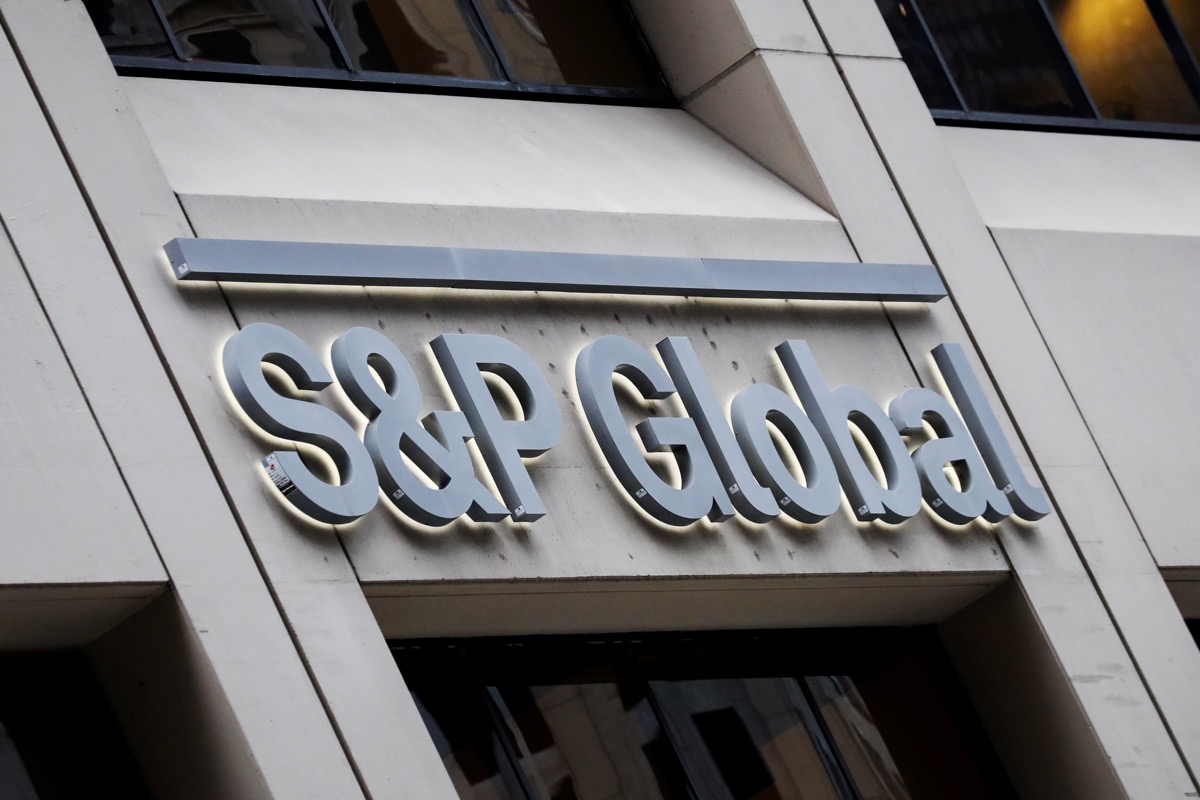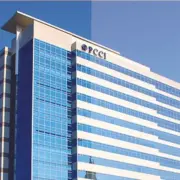S&P raises PH outlook for 2026

S&P Global Ratings slightly improved its growth outlook on the Philippines for 2026 on expectations of resurgent consumption as inflation is projected to soften beyond 2024.
The global debt watcher now forecasts the country’s gross domestic product (GDP) to expand 6.5 percent in 2026, a tad higher than its prior projection of 6.4 percent.
If realized, economic growth in 2026 would match the lower-end of the Marcos administration’s target of 6.5- to 8-percent expansion for that year. While the adjustment was “minimal,” S&P expects a more benign inflation to power up consumption.
“Beyond 2024, the easing inflation will help household consumption recover and likely lower interest rates towards year-end will gradually do the same for investment, helping overall growth to normalize,” Vincent Conti, senior economist at S&P, said.
But for now, S&P expects the economy to face headwinds brought by stubbornly high inflation and expensive borrowing costs.
The Bangko Sentral ng Pilipinas (BSP) has so far kept its key rate unchanged at 6.5 percent, the tightest in nearly 17 years. What’s prompting the central bank to stay hawkish is a persistently high inflation that may breach the BSP’s 2- to 4-percent target anew.
That said, S&P kept its 2024 GDP growth forecast for the Philippines to 5.9 percent. If this prediction comes true, growth this year would be faster than 2023’s 5.5 percent, but below the government’s tempered target of 6 to 7 percent.
The credit rating agency also left its 2025 projection unchanged at 6.2 percent, which would also fall short of the Marcos administration’s goal of 6.5 to 7.5 percent for next year.
“The lingering impacts of last year’s inflation on household savings would weigh on consumption in the coming year. The lagged impacts of higher interest rates will also continue to limit the pace of investment, particularly from the private sector,” Conti said.
“Export volumes are generally beginning to recover, but at a slow pace,” he added.
In a separate commentary, Nicholas Mapa, senior economist at ING Bank in Manila, said the Philippines would have a hard time chasing a 6-percent GDP growth as long as borrowing costs remain high.

















